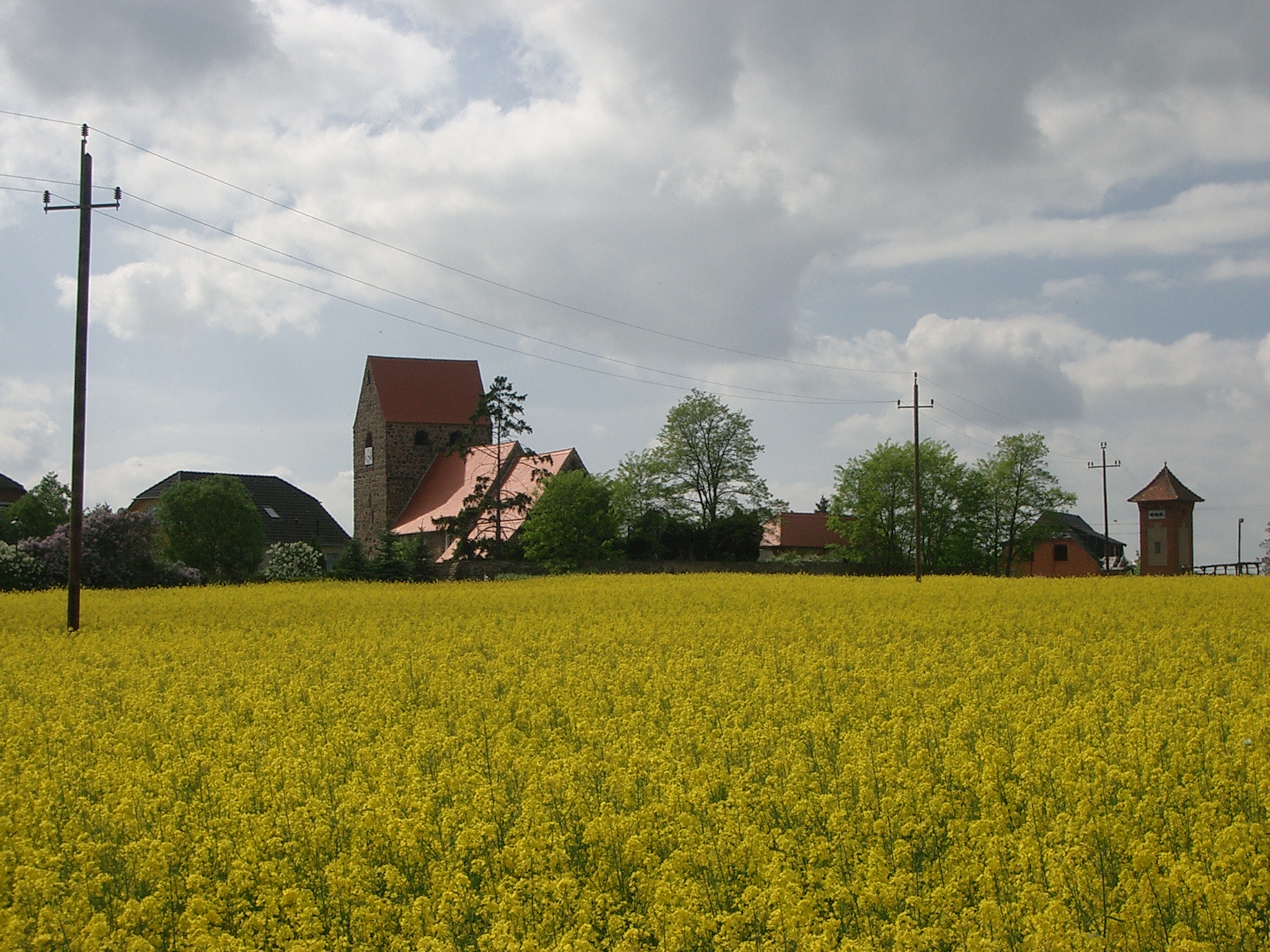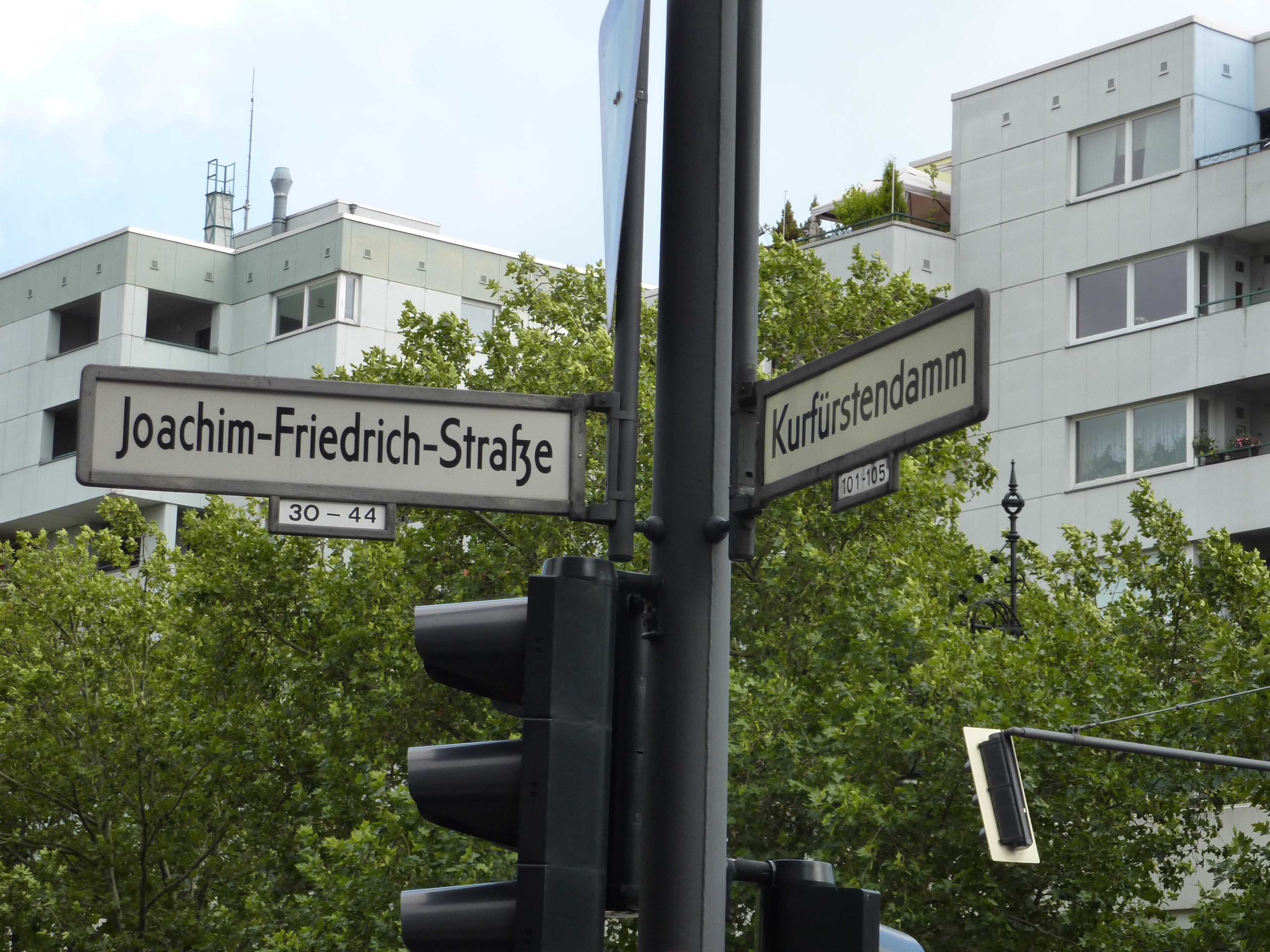|
Schönhausen
Schönhausen (Low Saxon: ''Schöönhusen'') is a municipality in the district of Stendal in Saxony-Anhalt in Germany. It is the seat of the ''Verbandsgemeinde'' ("collective municipality") Elbe-Havel-Land. Geography The village is situated on a terminal moraine, stretching along the eastern bank of the Elbe River. It is located about north of the state capital of Magdeburg, halfway between Stendal in the west and Rathenow in the east. Since 1 January 2010 Schönhausen includes the former municipality of Hohengöhren. S ... [...More Info...] [...Related Items...] OR: [Wikipedia] [Google] [Baidu] |
House Of Bismarck
The House of Bismarck is a German noble family that rose to prominence in the 19th century, largely through the achievements of the statesman Otto von Bismarck. He was granted a hereditary comital title in 1865, the hereditary title of Prince of Bismarck in 1871, and the non-hereditary title of Duke of Lauenburg in 1890. Several of Otto von Bismarck's descendants, notably his elder son Herbert, Prince of Bismarck, were also politicians. History The family has its roots in the Altmark region, descending from Herebord von Bismarck (d. 1280), the first verifiable holder of the name, mentioned about 1270 as an official (''Schultheiß'') at the city of Stendal in the Margraviate of Brandenburg. His descent from the nearby small town of Bismark is conceivable though not ascertained. Herebord was head of the Dressmakers' Guild. During the following two generations, the family seems to have gained knightly status. Herebord's great-grandson, Nicolaus (Klaus) von Bismarck, mentioned in ... [...More Info...] [...Related Items...] OR: [Wikipedia] [Google] [Baidu] |
Berlin–Lehrte Railway
The Berlin–Lehrte railway, known in German as the Lehrter Bahn (''Lehrte Railway''), is an east–west line running from Berlin via Lehrte to Hanover. Its period as a separate railway extended from its opening in 1871 to the nationalisation of its owner, the Magdeburg-Halberstadt Railway Company on 1 July 1886. The company's Berlin station, the Lehrter Bahnhof was finally torn down in 1958. The 239 km long route, which is still open, runs from Berlin Hauptbahnhof in a westerly direction to Spandau. From there it runs through Rathenow, Stendal, Oebisfelde, Wolfsburg and Gifhorn to Lehrte, where it connects with the Hanover–Brunswick line to Hanover. The Lehrte railway has a maximum speed of 200 km/h on the busy line between Hanover and Oebisfelde, which forms part of the Hanover–Berlin high-speed line. Between Oebisfelde and Berlin, the new line runs largely parallel with the Lehrte line. The Lehrte line is mostly unelectrified between Wustermark in the western ... [...More Info...] [...Related Items...] OR: [Wikipedia] [Google] [Baidu] |
Elbe-Havel-Land
Elbe-Havel-Land is a ''Verbandsgemeinde'' ("collective municipality") in the district of Stendal, in Saxony-Anhalt, Germany. Until 1 January 2010, it was a Verwaltungsgemeinschaft. It is situated on the right bank of the Elbe, south of Havelberg. The seat of the ''Verbandsgemeinde'' is in Schönhausen. The ''Verbandsgemeinde'' Elbe-Havel-Land consists of the following municipalities: Verbandsgemeinde Elbe-Havel-Land # # # # |
Hohengöhren
Hohengöhren is a village and a former municipality in the district of Stendal, in Saxony-Anhalt, Germany. Since 1 January 2010, it is part of the municipality Schönhausen Schönhausen (Low Saxon: ''Schöönhusen'') is a municipality in the district of Stendal in Saxony-Anhalt in Germany. It is the seat of the ''Verbandsgemeinde'' ("collective municipality") Elbe-Havel-Land. Geography The village is situated on a .... Former municipalities in Saxony-Anhalt Stendal (district) {{Stendal-geo-stub ... [...More Info...] [...Related Items...] OR: [Wikipedia] [Google] [Baidu] |
Stendal (district)
Stendal () is a district (''Landkreis'') in the north-east of Saxony-Anhalt, Germany. Its neighbouring districts are (clockwise from the south): Jerichower Land, Börde, Altmarkkreis Salzwedel, Lüchow-Dannenberg in Lower Saxony, and the districts of Prignitz, Ostprignitz-Ruppin and Havelland in Brandenburg. History In the administrative reform of 1994 the previous district of Stendal was merged with the districts of Osterburg and Havelberg. Geography The district is located in the Altmark region. With an area of , it is the largest district of Saxony-Anhalt. Its highest elevation is the 132.8 metre high ''Landsberg''. The main rivers in the district are the Elbe and the Havel. Partnerships In 1990, a friendship with the Russian Yartsevsky District was started, which grew into a partnership in 1996. In 1994, a partnership with the Lithuanian district Mažeikiai was started. Further partnerships exist with the Lippe district in North Rhine-Westphalia and the Swedish municipa ... [...More Info...] [...Related Items...] OR: [Wikipedia] [Google] [Baidu] |
Altmark
:''See German tanker Altmark for the ship named after Altmark and Stary Targ for the Polish village named Altmark in German.'' The (English: Old MarchHansard, ''The Parliamentary Debates from the Year 1803 to the Present Time ...'', Volume 32. 1 February to 6 March 1816, T.C. Hansard, 1816pp. 82 Article XXIII of the Final Act of the Congress of Vienna) is a historic region in Germany, comprising the northern third of Saxony-Anhalt. As the initial territory of the March of Brandenburg, it is sometimes referred to as the "Cradle of Prussia", as by Otto von Bismarck, a native from Schönhausen near Stendal. Geography The Altmark is located west of the Elbe river between the cities of Hamburg and Magdeburg, mostly included in the districts of Altmarkkreis Salzwedel and Stendal. In the west, the Drawehn hill range and the Drömling depression separate it from the Lüneburg Heath in Lower Saxony; the Altmark also borders the Wendland region in the north and the Magdeburg Börde in th ... [...More Info...] [...Related Items...] OR: [Wikipedia] [Google] [Baidu] |
Bishopric Of Havelberg
The Bishopric of Havelberg (german: Bistum Havelberg) was a Roman Catholic diocese founded by King Otto I of Germany in 946, from 968 a suffragan to the Archbishops of Magedeburg. A Prince-bishopric (''Hochstift'') from 1151, Havelberg as a result of the Protestant Reformation was secularised and finally annexed by the margraves of Brandenburg in 1598. Geography The episcopal seat was in Havelberg near the confluence of the Elbe and Havel rivers. The bishopric roughly covered the western Prignitz region, between the Altmark in the west and the Brandenburgian core territory in the east. While the episcopal territory was supervised by nine Archdeacons ('' Pröpste''), the bishop's—considerably smaller—secular estates were subdivided into four '' Ämter'': *Wittstock *Plattenburg with Wilsnack *Schönhausen with Fischbeck *Fehrbellin History King Henry the Fowler in 929 marched against the Polabian Slavs settling east of the Elbe River and defeated them in a battle near Lenz ... [...More Info...] [...Related Items...] OR: [Wikipedia] [Google] [Baidu] |
Statistisches Landesamt Sachsen-Anhalt ...
The statistical offices of the German states (German: ''Statistische Landesämter'') carry out the task of collecting official statistics in Germany together and in cooperation with the Federal Statistical Office. The implementation of statistics according to Article 83 of the constitution is executed at state level. The federal government has, under Article 73 (1) 11. of the constitution, the exclusive legislation for the "statistics for federal purposes." There are 14 statistical offices for the 16 states: See also * Federal Statistical Office of Germany References {{Reflist Germany Statistical offices Germany Germany,, officially the Federal Republic of Germany, is a country in Central Europe. It is the second most populous country in Europe after Russia, and the most populous member state of the European Union. Germany is situated betwe ... [...More Info...] [...Related Items...] OR: [Wikipedia] [Google] [Baidu] |
Westwork
A westwork (german: Westwerk), forepart, avant-corps or avancorpo is the monumental, often west-facing entrance section of a Carolingian, Ottonian, or Romanesque church. The exterior consists of multiple stories between two towers. The interior includes an entrance vestibule, a chapel, and a series of galleries overlooking the nave. A westwork is usually broader than the width of the nave and aisles. It is sometimes used synonymously with narthex. Charlemagne dreamt of reviving the Roman Empire in the West. His dream along with his artistic skillset allowed him to implement artwork into buildings with westwork during this time period and can be found in the Corvey Abbey and scattered throughout other westwork buildings today. The Corvey Abbey (built in 885) located in Germany is the oldest example of westwork to date. The Corvey Abbey provides an example of westwork preserved from the time being built. The frescos (originally of the 9th century) inside the westwork show scenes ... [...More Info...] [...Related Items...] OR: [Wikipedia] [Google] [Baidu] |
Protestant Reformation
The Reformation (alternatively named the Protestant Reformation or the European Reformation) was a major movement within Western Christianity in 16th-century Europe that posed a religious and political challenge to the Catholic Church and in particular to papal authority, arising from what were perceived to be errors, abuses, and discrepancies by the Catholic Church. The Reformation was the start of Protestantism and the split of the Western Church into Protestantism and what is now the Roman Catholic Church. It is also considered to be one of the events that signified the end of the Middle Ages and the beginning of the early modern period in Europe.Davies ''Europe'' pp. 291–293 Prior to Martin Luther, there were many earlier reform movements. Although the Reformation is usually considered to have started with the publication of the '' Ninety-five Theses'' by Martin Luther in 1517, he was not excommunicated by Pope Leo X until January 1521. The Diet of Worms of May 1521 ... [...More Info...] [...Related Items...] OR: [Wikipedia] [Google] [Baidu] |
Secularisation
In sociology, secularization (or secularisation) is the transformation of a society from close identification with religious values and institutions toward non-religious values and secular institutions. The ''secularization thesis'' expresses the idea that as societies progress, particularly through modernization, rationalization, and advances in science and technology, religious authority diminishes in all aspects of social life and governance."The Secularization Debate" chapter 1 (pp 3 [...More Info...] [...Related Items...] OR: [Wikipedia] [Google] [Baidu] |
Joachim III Frederick, Elector Of Brandenburg
Joachim Frederick (27 January 1546 – 18 July 1608), of the House of Hohenzollern, was Prince-elector of the Margraviate of Brandenburg from 1598 until his death. Biography Joachim Frederick was born in Cölln to John George, Elector of Brandenburg, and Sophie of Legnica. He served as administrator of the Archbishopric of Magdeburg from 1566 to 1598, then succeeded his father as Elector of Brandenburg in 1598. Joachim Frederick was succeeded at his death by his son John Sigismund. Joachim Frederick's first marriage on 7 March 1570 was to Catherine of Brandenburg-Küstrin, daughter of John, Margrave of Brandenburg-Küstrin, and Catherine of Brunswick-Wolfenbüttel. Joachim Frederick's second marriage, on 23 October 1603, was to Eleanor of Prussia, born 21 August 1583, daughter of Albert Frederick and Marie Eleonore of Cleves. He became regent of the Duchy of Prussia in 1605. His titles also included "duke (Dux) of Stettin, Pomerania, Cassubia, Vandalorum and Crossen", according ... [...More Info...] [...Related Items...] OR: [Wikipedia] [Google] [Baidu] |
.jpg)


.jpg)
